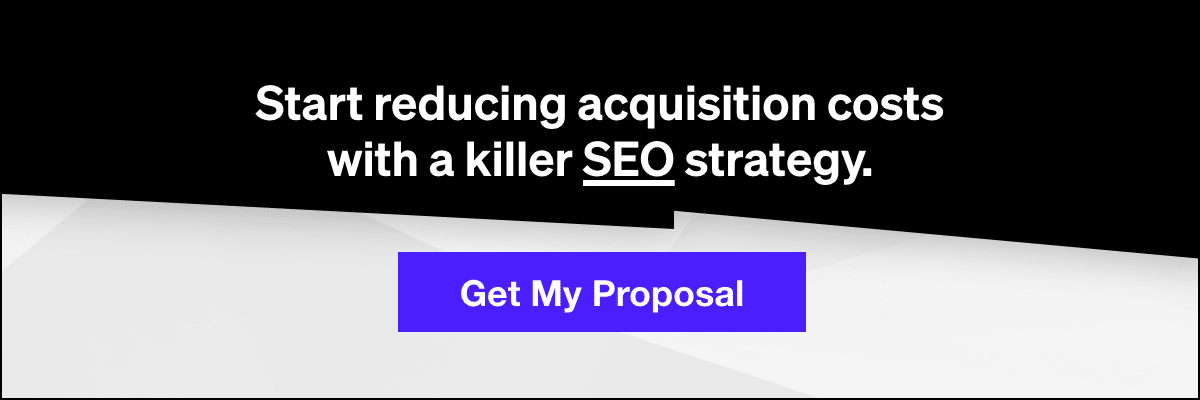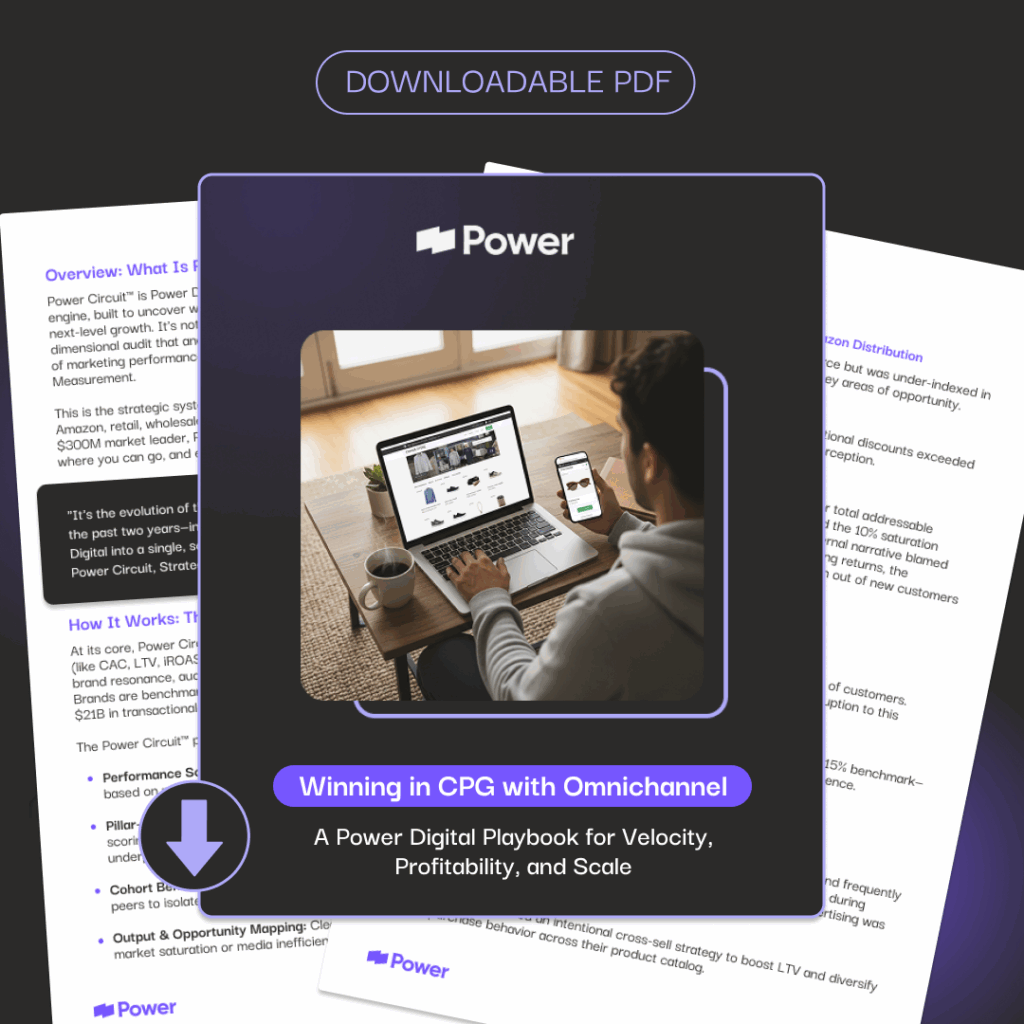Follow vs. NoFollow Links: What’s the Difference in SEO?

- 1. How Links Relate To SEO
- 2. What is a Follow Link?
- 3. What is a NoFollow Link?
- 4. When Would You Use a Nofollow Link From Another Website?
- 5. How To Identify If A Link Is A Follow Or No Follow
- 6. Benefits of Follow Links in SEO
- 7. Benefits of NoFollow Links in SEO
- 8. Which Works best for SEO?
- 9. Wrapping Up
The goal of any new blog is to drive more traffic to your website by improving your ranking in SERP’s. The good news is there’s a lot of SEO tools and strategies you can use to accomplish this.
When we talk about search engine optimization (SEO) some common words we use include noindex, index, meta robots, follow, nofollow and much more. If you are new to SEO you might be wondering about follow and nofollow links. Not to worry, this post will provide you with everything you need to know on the matter.
How Links Relate To SEO
A simple way to understand backlinks is to think of them as referrals. The more people who make referrals to your website, the more visits you’re going to get. In other words, if other websites are posting links to your website, the higher you’re going to rank on Google. If the website which posts a backlink to your website is credible, Google’s algorithm will read this as a positive review for your site. Google is basically saying, “If everyone’s doing it, it must be good.”
There’s an SEO term known as ‘link juice’ which is the industry’s way of referring to credibility. This link credibility has different magnitudes depending on the stature of the website who posts it. For example, a backlink to your website from The New York Times is going to give you much more link juice than a website with lower authority.
Related: To Build Links or Not to Build Links? – Safe Link Building
What is a Follow Link?
The first thing you should understand is that not all links are created equal — they fall into two categories Follow and Nofollow.
Follow links are portals to a website posted on a different website. They improve SEO by boosting link juice and letting Google know that your page is popular, valuable, and high quality. These links exist within the HTML of a website and are read by Google search bots. Here’s an example of how a good Follow link looks in HTML:
<a href=”https://powerdigitalmarketing.com/“>digital marketing agency</a>
What is a NoFollow Link?
Nofollow links have no influence on your search rankings, SEO or link juice. Nofollow HTML tags tell search bots that you don’t want them to acknowledge a specific link. However, human internet users can follow the links, and it can still drive traffic to your website. Here is an example of how they look in HTML:
<a href=”https://powerdigitalmarketing.com/” rel=”nofollow”>Link Text</a>
Using Nofollow links doesn’t negatively affect your website in any way. Quite the contrary. Google actually respects Nofollow tags because it reduces bad or untrustworthy content. Nofollow links are used to filter out public forums, comment sections and anywhere else prone to spam. Websites also Nofollow social media profiles, to avoid people leaving links to their profiles everywhere.
When Would You Use a Nofollow Link From Another Website?
Nofollow links are usually used on:
- User-generated content such as public forums and comments sections. These are breeding grounds for spam and untrustworthy content.
- Paid links – If you pay for any links like reviews or quality assessments nofollow the outbound links
- Press Releases
- Advertisements & Sponsors
It’s important to note that just because Google doesn’t give you any link juice for Nofollow links that you shouldn’t use them. It still drives traffic to your website. When using Nofollow links think of them as a more personal approach to referrals, rather than shouting it from a rooftop.
How To Identify If A Link Is A Follow Or No Follow
This requires you to peek behind the curtain of a website, but even if you’re new to this sort of thing, it’s actually pretty simple.
If you use Chrome, click View>Developer>View Source. As a shortcut, you can also right-click and choose Inspect Element.
Next click Edit>Find and type in “nofollow” into the search. This will highlight all of the Nofollow’s on that page.
If you’re interested in keeping a close on eye on Nofollow links, there are several third-party extensions you can add to your browser which automatically highlight follow/nofollow links in real time.
Benefits of Follow Links in SEO
A good Follow link tells Google that your website is credible, and you’re not the only one who thinks so. The SEO result is that the linked pages will have a greater chance of ranking higher in SERP’s.
Benefits of NoFollow Links in SEO
In this digital climate, having no Nofollow code for inbound links actually looks a little suspicious. Don’t scoff at Nofollow links; you need to have a healthy balance of both.
Nofollow links may not help you rank in Google, but they do generate leads, bolster conversions, and increase brand awareness. Since Nofollow links don’t directly affect your SEO the same way Follow links do, your strategy should focus on links that boost brand authority and trust amongst your demographic.
Which Works best for SEO?
It’s actually not a matter of which works best, but rather how both affect SEO in different ways. Use Follow links if you are getting a link from a credible website to help boost your SEO efforts and Nofollow for websites that will not benefit your SEO efforts.
Wrapping Up
Getting an inbound backlink to your website on a popular publication is a sure-fire way to drive major SERP traffic and build some quality link juice. However, it’s not always an easy task to get these links — you can’t force people into referrals.
If the juicy Follow links aren’t easy for you to obtain, don’t underestimate the power of Nofollow links. They may operate on a lower scale, but they can get your brand in front of the right people. In order to build trust with Nofollow links, you have to make sure that the pot at the end of the rainbow is full of gold. In other words, make sure your links lead to quality content!
Our Editorial Standards
Reviewed for Accuracy
Every piece is fact-checked for precision.
Up-to-Date Research
We reflect the latest trends and insights.
Credible References
Backed by trusted industry sources.
Actionable & Insight-Driven
Strategic takeaways for real results.







